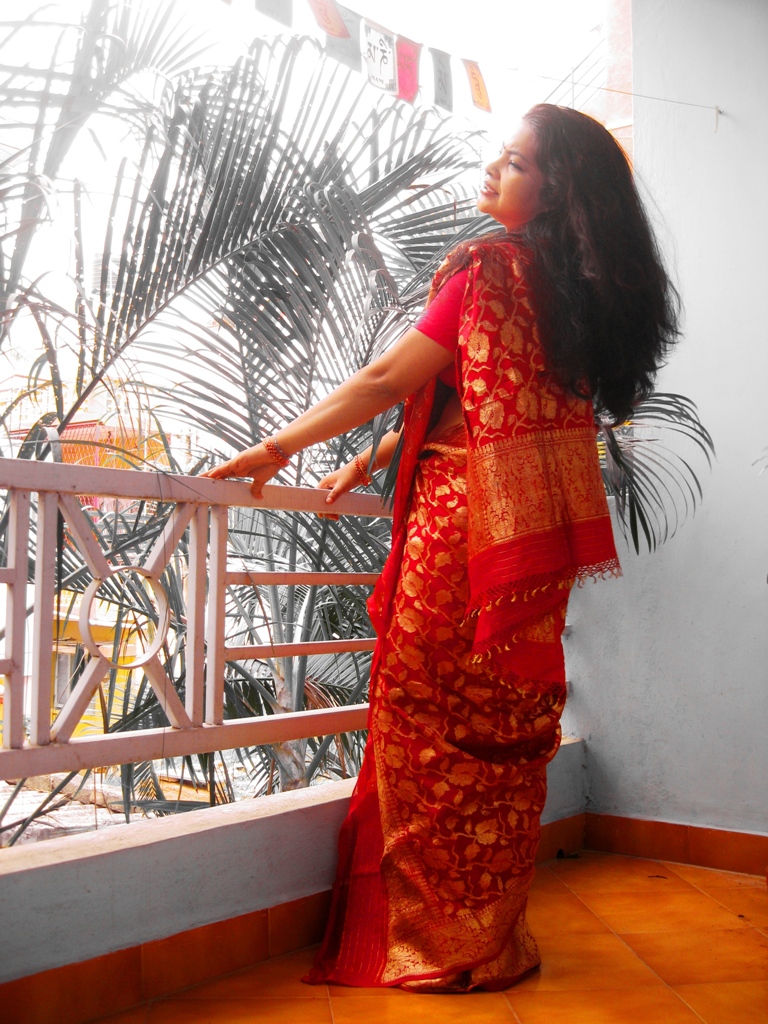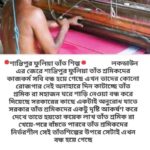Tapestry of love
For me, I am wearing the world’s most beautiful piece of cloth—my mother’s wedding saree. This two-pieced Assamese mekhela sador is woven in Banarasi silk, embellished with intricate zari work polished in gold. Preserved with care, the drawn out forty years also could not steal its glaze and texture. It often amazes me how so many narratives are entrenched in this saree. It bespeaks of my town-dweller maternal grandparents’ affection to adorn their daughter with “modern” and glamorous Banarasi silk and my village-inhabiting paternal grandparents’ amusement seeing the bride in “jazzy”, red Banarasi silk instead of the traditional, “sober”, off white Assam silk! How this saree draped my mother’s bridal coyness and how we sisters as kids would be gleeful at the sight of this attractive cloth. However now as a researcher, I contemplate that this was a moment about half a century ago, when Assam’s indigenous handloom market was beginning to be captured by competitive good produced elsewhere in the country. Nevertheless this mekhela sador remains my favourite among my mother’s wardrobe.


you are a beauty!!!! Thanks for joing the group.